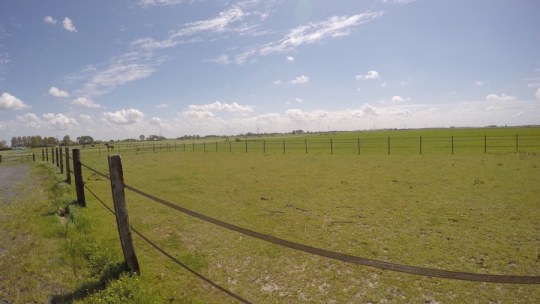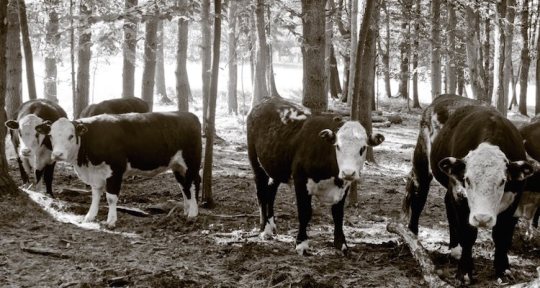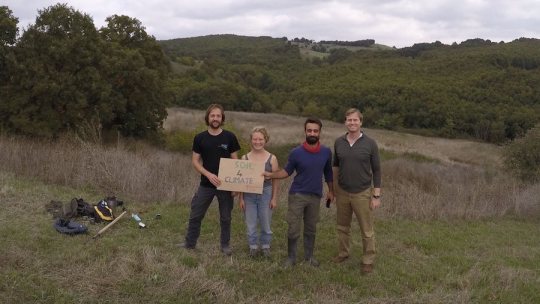Regenerative agriculture Resilient in nature

Regenerative Agriculture:
Establishing agricultural resilience is accomplished through creating a healthy and nimble system with diverse redundancy. The resulting Resilient Agriculture, fka Regenerative, is the practical implementation of that understanding gained from millenniums of trial & error, and more recently through bleeding edge innovation which looks closely at the broad reaching values we earn by being part of nature instead of trying to forcibly control it. The process relies on the science of biomimicry which is based simply on the understanding of the regenerative toolkit intrinsic to nature and ecology.
Atop of the food web, we are what we eat. Moreover, underpinning agricultural resilience circular in nature must be the health of each part of the food chain. The realization that we’re (all trophic levels) dependent on each other for the wellbeing of the system as a whole can be best described as a OneHealth shared amongst human, animal, planet and environment.

The most pragmatic place to begin commitment to regenerative agriculture is at the top of the food chain – where proper practices invest in the health & humane treatment of the food animal. As results accrue and compound with value creation to the largest sector of our food system, associated farming practice deliver greater sustenance and reduction of risk through greater commitment to soils and systems. Within this interconnected web, each link can be directly correlated to our health, and gained throughout a shrinking planet for which we’re now responsible for shepherding the sanctity of system as a whole.
Conversely, practices of current conventional agricultural employed domestically with near singularity are best described as less farming and more resource mining. Our abundance of natural resources in North America has long since afforded domestic food production opportunity to take without clear perspective on long-term viability, nor accountability for increased reliance on inputs or environmental impact of externalities. Now, from practice of excessive use of these expensive and corrosive inputs, we’ve become hooked on a synthetic model of production that is cheap in food cost but expensive to the health of our society and the regenerative systems of the planet.

When results of detrimental agricultural practice are incurred on soils more populated than our own, we’ve witnessed what happens – we’ve seen the direct outcomes, and despite it being counterintuitive or potentially nonsensical – we press on. Even in our bounty of riches that increasingly proves further exhausted, we see a Malthusian catastrophe looming. We’ve only just begun to realize we’re no longer an island, and the commitment to practices of sacrificing food values for product price will be increasingly detrimental throughout the entire interconnected web. Countering BigAg brethren – the key to feeding 9 Billion by 2050 will be through supporting and investing in systems of natural resilience. For future ‘modern’ food production, the only future we’ve got for production of our food is a sustainable one. With that, it’s essential to strike a happy medium in maximizing production efficiency without sacrificing food’s nutritional value nor compromising our safety or that of the environment to the broader exposure to a synthetic addiction. If done properly, those practices intrinsic to resilient agriculture are by rule sustainable as they live in accordance to refined methods of the natural order that they serve.
the complete article found HERE

@ABNiederhelman twitter
